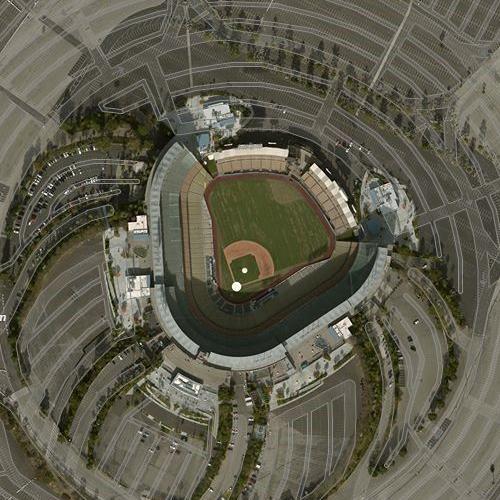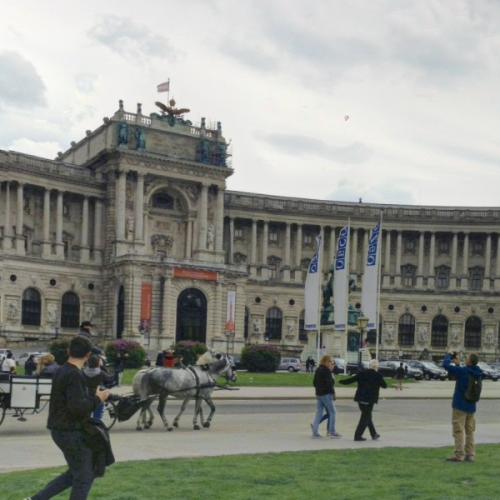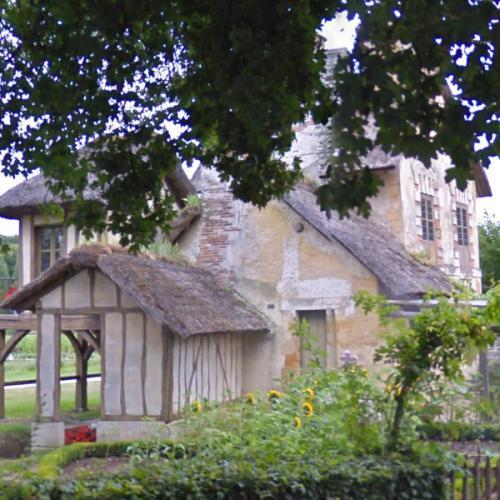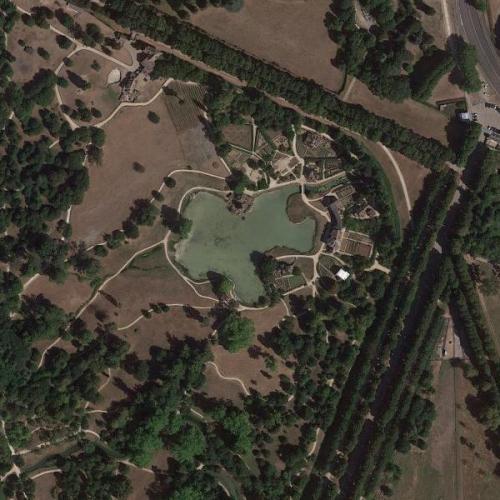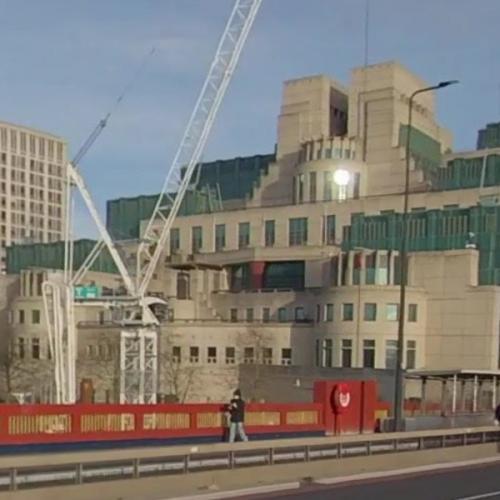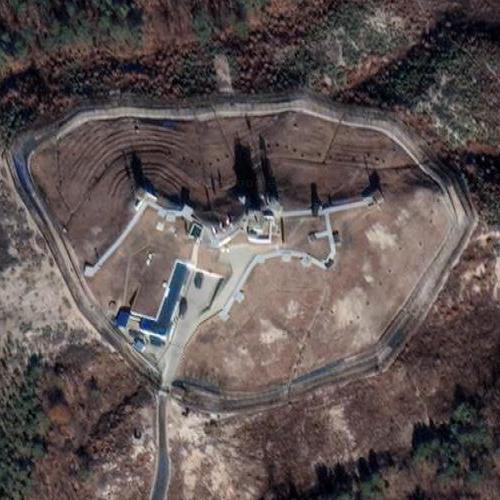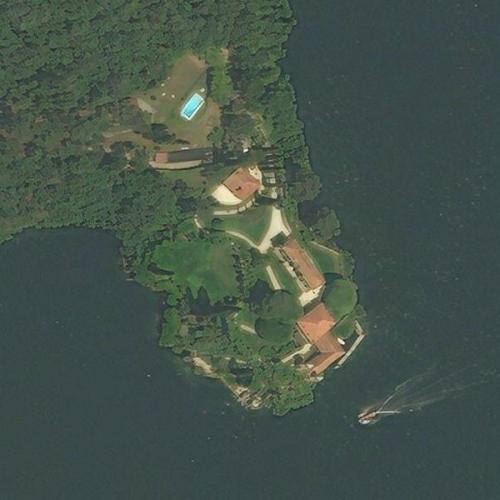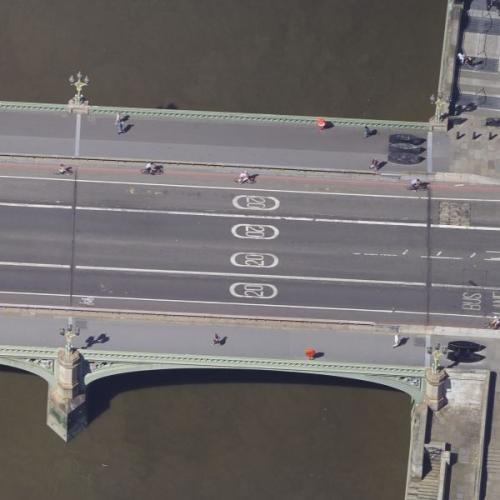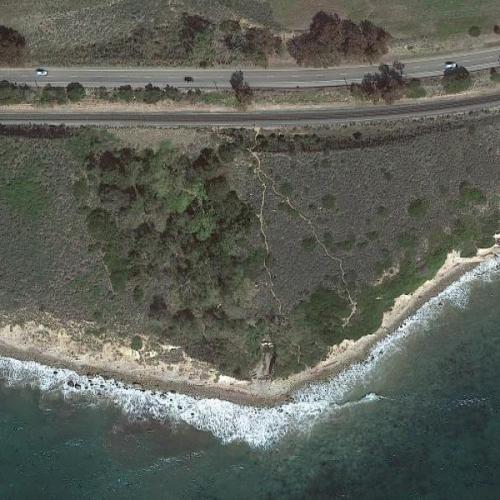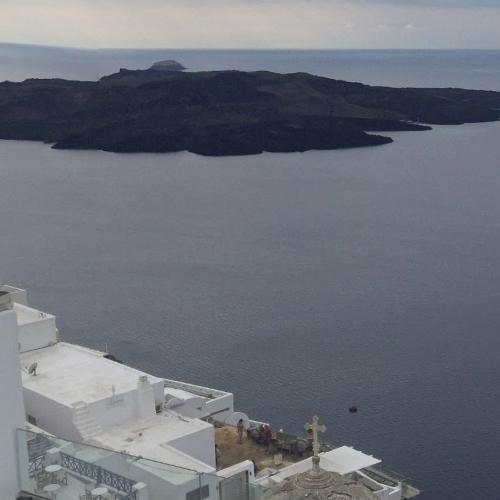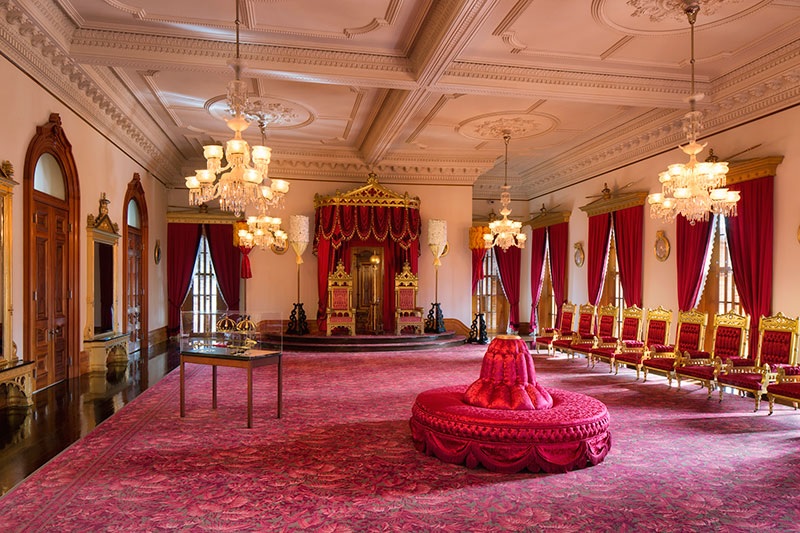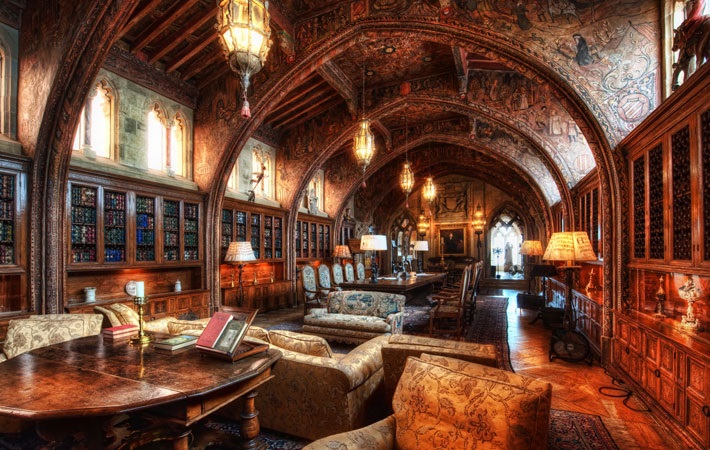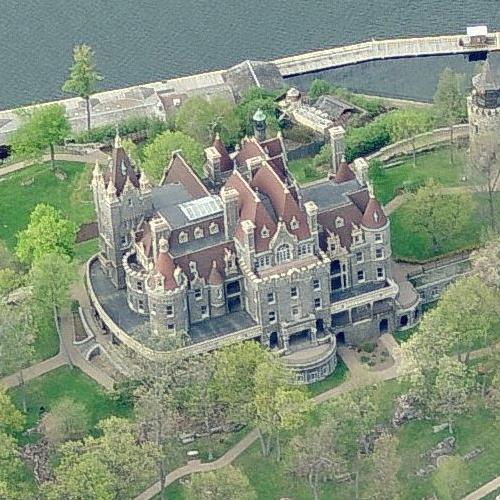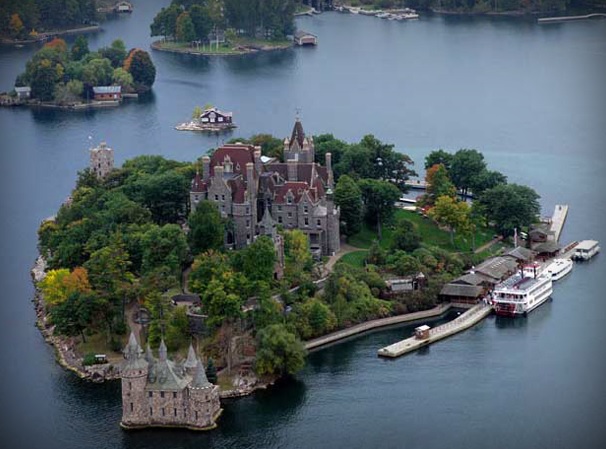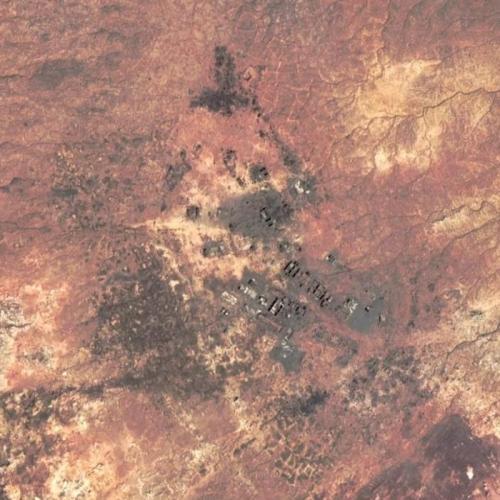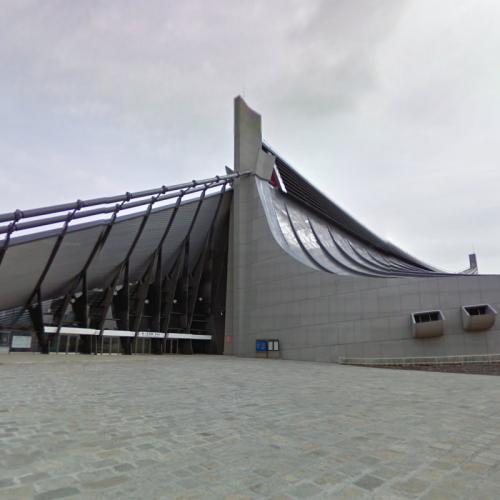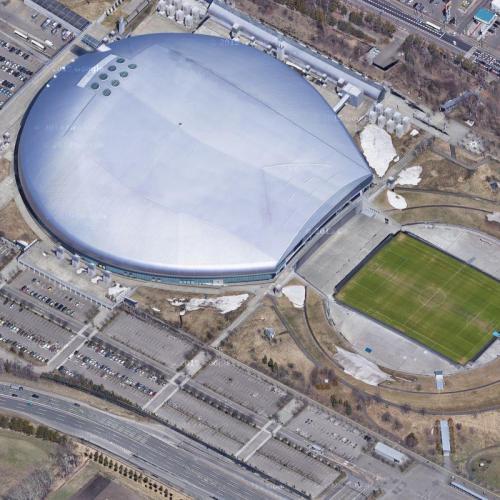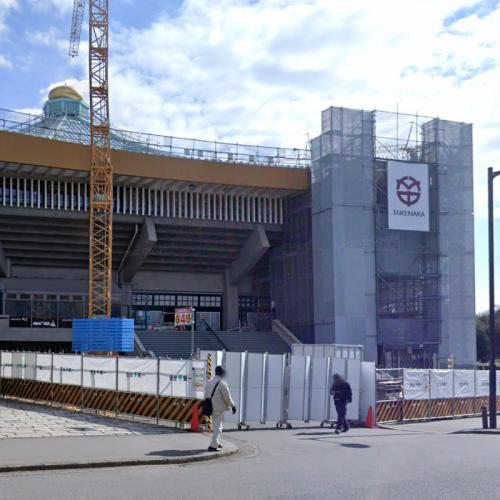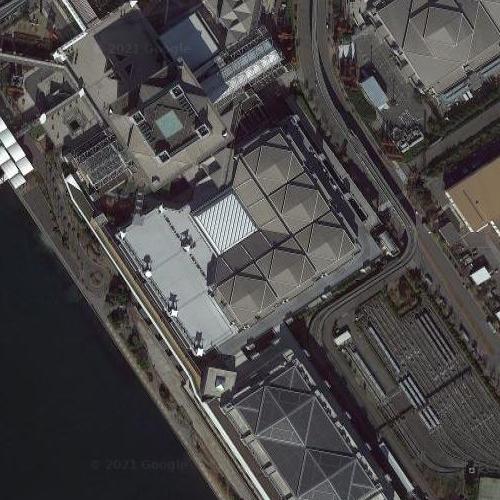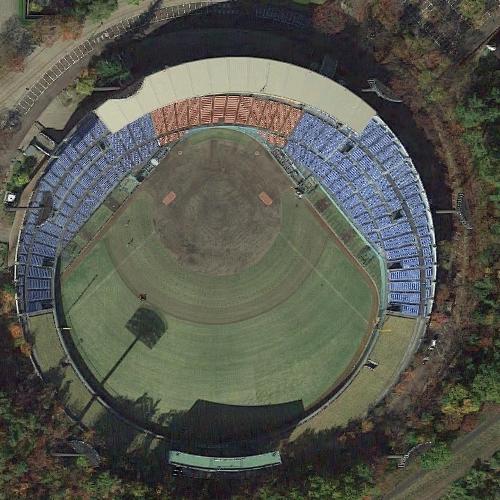After an unusual playoffs in 2020 due to the Covid-19 pandemic, baseball is back and the post-season is a crazy one!
The Yankees and the Red Sox, the 2020 World Champions Dodgers, and more were all in contention for the title of World Champions for 2021! Let’s take a look at some of the teams who made it to this season’s playoffs.
Dodger Stadium Los Angeles, CA
The Los Angeles Dodgers, 2020 World Series Champions, play at Dodger Stadium, and have been there since 1952, making it one of the oldest stadiums in use in major league baseball. The Dodgers started out in Brooklyn, but a disagreement about a new stadium led to the franchise moving across country to LA, where they have been ever since.
Nicknamed “Blue Heaven on Earth”, the stadium has a reputation as a “pitcher’s park” meaning it’s great for no-hitters and perfect games. It is the largest-capacity stadium in the MLB, and is a fun stadium to attend because of LA’s good weather.
So far, it’s been a great place for the Dodgers, as they’re playing against the Atlanta Braves for the National League Championship.
Tropicana Field, St. Petersburg, FL
The Dodgers beat the Tampa Bay Rays in 2020, and just like the Dodgers, the Rays made it back to the playoffs, but they lost in the first round against Boston. Tampa was awarded an expansion team in 1995, and the Rays started playing in 1998. They have made it to the playoff several times, and gotten to the World Series twice!
Tropicana Field is unique in that it’s the only stadium with a roof that doesn’t retract, and it’s the smallest stadium in the league, holding about 43,000 fans. The stadium is older than the team. It was built to help attract a baseball team. Things worked out for Tampa, and with one of the best records in the league, this could be their year!
Fenway Park, Boston, MA
Possibly the most storied venue in all of sports, Fenway Park in Boston has been home to Boston’s Red Sox since 1912. Despite being one of the smallest stadiums, Fenway Park has one of the best atmospheres in all of baseball. The fans are dedicated, the game is up close and personal, and with features like the Green Monster in left field, it feels familiar even to first-time attendees.
The Red Sox have been playing ball since 1901, have played in 13 World Series, and won nine. The 86-year “Curse of the Bambino” was broken in 2004, and they’ve won three more championships since then.
Oracle Park, San Francisco, CA
The San Francisco Giants started out as the New York Gothams, but moved to the west coast in 1958. They have some of the best records in the league, playing 20 times in World Series, winning more games than any other team (due to having been around since 1893), and winning the Championship eight times.
This year, they played against the defending World Champions the Dodgers, and lost in what was likely one of the most evenly matched series in years.
The Giants have played in several stadiums, and currently play in Oracle Park, right on the Bay, giving it a gorgeous, view. It may be chilly like Candlestick Park, but it’s not as windy. Engineers worked hard to reduce the wind exposure in the stadium, making it about half as windy as “The Stick”.
Guaranteed Rate Field, Chicago, IL
While the name isn’t that impressive, Guaranteed Rate Field on the South Side of Chicago is home to the White Sox, who have a great record this year. The White Sox, one of the oldest teams in the entire MLB, and one of the original teams in the American League, went 87 years between World Series wins, second only to the Chicago Cubs, who went more than 100 years before championships!
While we know they won’t be contending for the World Series this year after losing their against the Astros, they have a lot of potential and will be sure to come back swinging next year.
The White Sox played in Comiskey Park from 1910-1991, when they upgraded to their current location, built across the street from the old field. The new ballpark pays tribute to the old one in many ways, including arched windows in the front facade, an “exploding scoreboard” fitted with fireworks to celebrate home runs and wins.
As the postseason heats up, fans are paying closer attention to the games, and now even if you can’t talk balls, strikes, and pitching averages, you can throw out some useful commentary on where the teams are playing and how they’ve done in the past.
Play ball!
